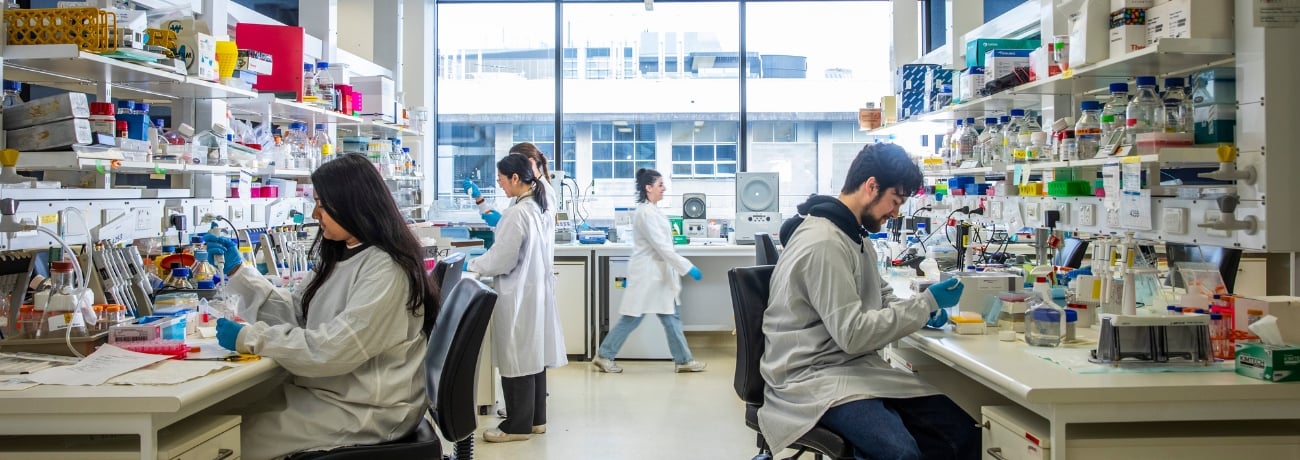Overcoming the sprouting limit of axons in the brain – using biomaterials for the treatment of Parkinson’s disease
Current pharmacological or surgical therapies for Parkinson’s disease (PD) offer only symptomatic relief.
The loss of neurons continues inexorably until the disease reaches its conclusion. Therefore new ways are being explored to prevent ongoing neuronal degeneration and to restore functional pathways. Cell transplantation is a potentially effective treatment strategy for PD. However for the success of this strategy, the implanted neurons must form sufficient and appropriate synaptic connections.
A major obstacle to this success is that the adult brain does not i) provide adequate trophic support, resulting in poor engraftment and ii) provide guidance cues that promote growth of new neuronal fibres over significant distances, to restore the hosts neural circuitry.
This project builds upon our published and preliminary data and utilises a cross-disciplinary approach, using an injectable hybrid matrix based exclusively on FDA-approved biodegradable biomaterials. The hybrid matrix is designed to assist implanted dopaminergic (DA) neurons to survive and bridge the nigrostriatal neural pathway in the brain, which deteriorate as a consequence of PD.
Aim
- Use our cell-matrix construct and demonstrate functional recovery in animal models.
Our research project builds upon recent research findings, which demonstrate that our novel matrix:
- provides a favourable 3-dimensional cellular microenvironment,
- has a minimal inflammatory footprint and integrates seamlessly into the brain, and
- provides functional recovery when used in conjunction with DA neurons in a mouse model of PD.
Research team
Supervisor
Research group
Contact us
If you’re interested in learning more about this project please contact our team.
